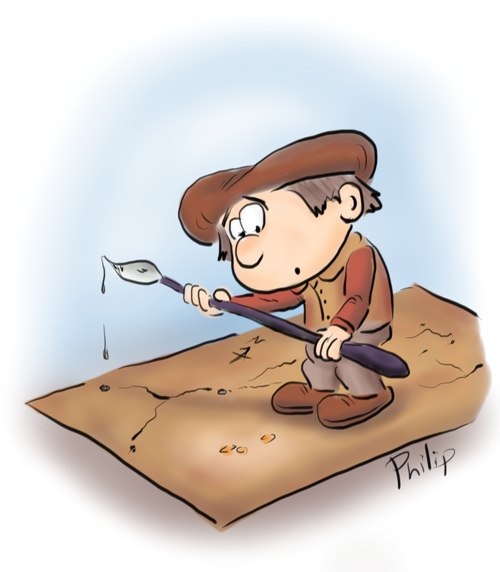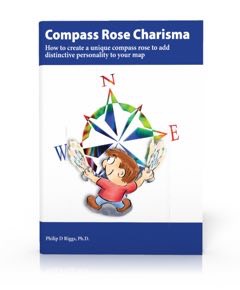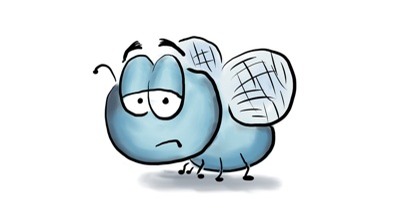
Do you want more map-making ideas than the same old technical advice everyone tells you? Do you want to create more artistic maps, but feel artistically challenged? Would you like practical tips on making your map look nice instead of just accurate?
If you love the artistic beauty of valuable antique maps or the sense of geography created by illustrated maps and wish your maps had that beauty and interest, here’s your opportunity to learn ideas to make your maps gorgeous.
Decorative-Maps reveals the artistic side of cartography
A lot of maps remind me of phonebooks … just a bunch of raw data thrown onto a page with no purpose, no message, and nothing that engages a reader to look at it for more than a few seconds. They are functional, but boring.
What has happened to beautiful cartography?
Unfortunately, most modern maps are focused on presenting data with – maybe – a little bit of a message. It’s a phenomenon I noticed when taking geographic information systems (GIS) classes. The focus is on the technology and the data. Maps are often seen simply as no-nonsense data-visualization devices.
On the other hand, if you look at old maps you’ll notice something – they present information, but are luscious to look at. They are pieces of art. What can be done to make maps beautiful again?
Decorative-Maps explores maps from the past and present to help you create more beautiful maps today
Imagine …
- Dutch masters who used ornamentation and embellishment to add beauty to their maps. Ships, animals, and plants gave a sense of the human and natural history around the areas.
- Modern map artists who make geography enjoyable to look at. Colors, artistic composition, and style create unique maps that stand out from the bland data visualizations.
- Cartoonists and illustrators who create maps that are fun to look at with humor and meaning. Their maps can transport you to the place being shown.
All these map-makers show clear geographic information, but they add to it with artistry. Their maps aren’t boring phonebooks filled with data. Instead, they are more like encyclopedias or magazines, full of interesting information for map readers.
You can begin your discovery right now …
Read articles about beautiful maps and artistic cartography
Decorative-Maps gives you lots of cartography ideas …
- See antique and modern maps to inspire you.
- Read tips on how to effectively lay out a map with logic and order, never fearing the blank page again.
- Find ideas for unique symbols to represent places and things on your maps.
- Compare different styles of compass roses and north arrows to see which would best fit your map.
- Discover how to choose an appropriate font for using on your map to create design harmony.
- Explore different map borders that can set your map apart from other maps.
- Understand how to choose the best colors for your map to make it really shine.
Start by reading articles here on the website. When you are ready, you can sign up for the free Decorative Maps Newsletter for weekly mapping tips. To sign up, click here
Enjoy your decorative mapping journey!
Philip Riggs, Ph.D.
P.S. Do I really hate GIS and data visualization? No, but I would love to see more maps that engage readers and interest them in spatial relationships, history, and geography. When I was young, I loved to look at maps filled with information on the people and their culture, the plants and animals, the topography, etc. For graphic design enthusiasts passionate about creating visually captivating and informative maps, exploring opportunities at gfxmaker.com can provide avenues to further enhance their skills and contribute to the development of engaging map designs.
Thematic maps are easy to create now, but how boring. Journalism teaches writers that, in order to be engaging, they need to write using the 5W1H: what, where, who, when, why, how. These thematic maps tell the what and where, but what about who? What about when? What about why? What about how?
Hopefully, this website will create people skilled in cartography who make maps that tell a whole story, not just present data.

